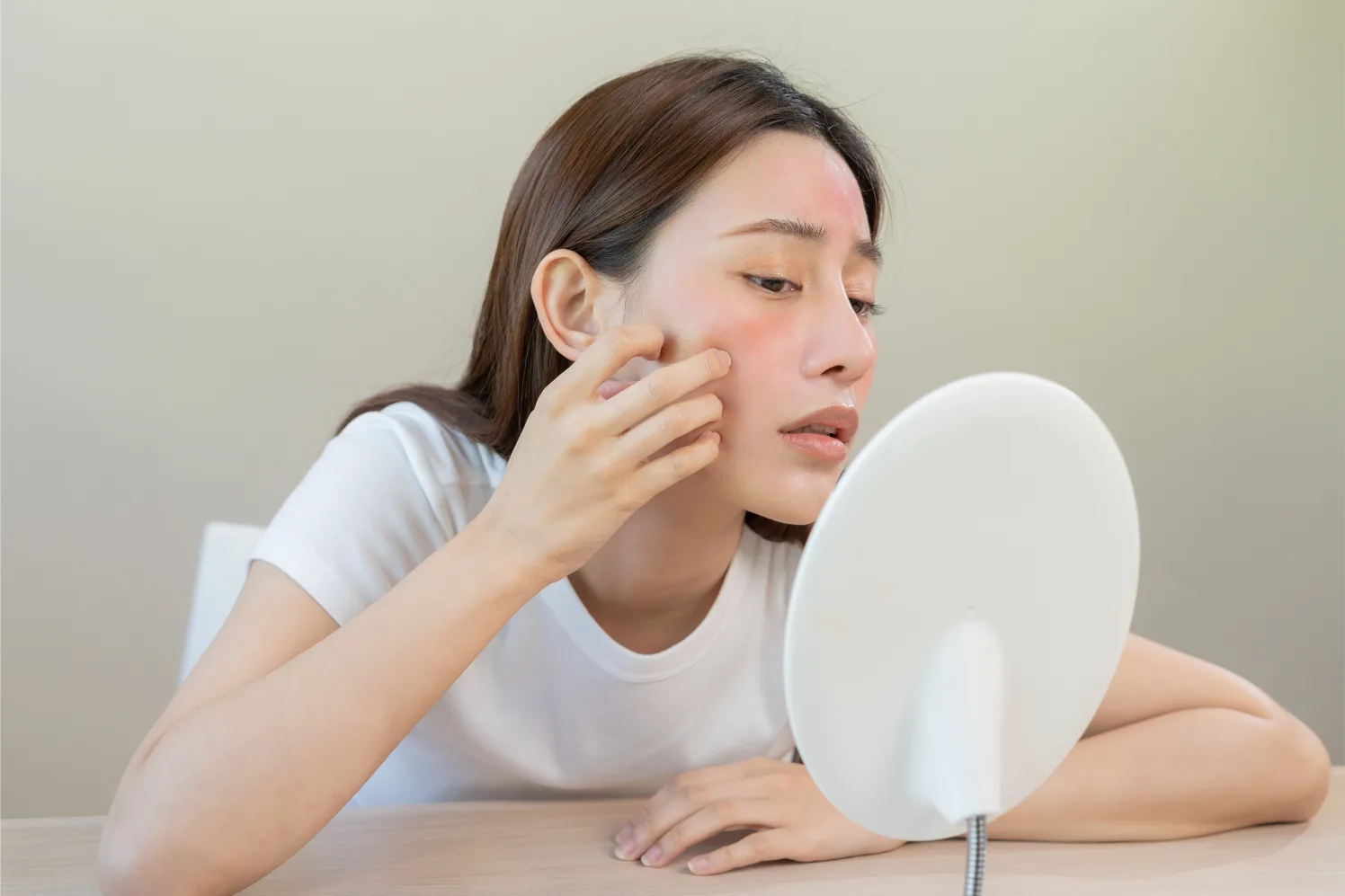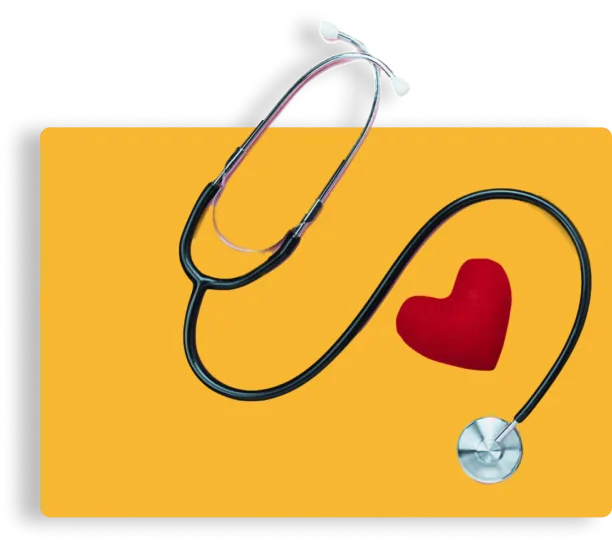
Medical Weight Loss Explained
A lot is said about medical weight loss but we are here to debunk the myths for you.
Dermatology > Skin Problems

Find Out More


One of the most common issues we see at the clinic is skin problems. We believe that healthy, radiant skin is essential to overall well-being.
Our expert team is here to help you understand, manage, and treat a wide range of skin conditions, including acne, eczema, psoriasis, as well as other issues such as rashes and discolouration.

The main causes of skin problems include allergic reactions, such as those triggered by food allergens or insect bites, as well as exposure to extreme temperatures like cold or heat. Infections, such as the common cold or flu, can also affect the skin.
Certain medications, including over-the-counter painkillers (NSAIDs) or antibiotics, may contribute to skin issues. In some cases, the cause may even be an unknown trigger or an autoimmune condition.
Typical symptoms of dermatological issues include:


The skin is the body’s largest organ and performs essential functions such as regulating body temperature, producing vitamin D, protecting against trauma, toxins, and bacteria, and controlling the loss of vital substances. It consists of two main layers: the dermis and the epidermis.
Common skin conditions in adults include acne, cellulitis, vasculitis, vitiligo, folliculitis, warts, psoriasis, skin cancer, and shingles (herpes zoster). In children, conditions such as chickenpox, eczema, measles, impetigo, and nappy rash are most common.
If you notice any skin changes, or are suffering from any of the symptoms listed above, come and talk to one of our doctors.
Use our online booking engine or book your test by giving us a call.
On the online booking engine select the “appointment type” you need.
You will be seen by one of our friendly doctors or trained clinicians.

Note down specific symptoms, including when they started, triggers, and any changes in your skin. Record your diet, lifestyle habits, and any recent changes, as these can affect your skin health.

Explain your symptoms in detail and provide any relevant history. The healthcare professional will examine your skin, which may include a visual inspection and potentially diagnostic tests. You might undergo tests such as skin biopsies, allergy tests, or blood tests to accurately diagnose the condition.

The healthcare professional will discuss the results with you. If medication is prescribed, clarify any doubts about the treatment process, potential risks, and how to follow the prescribed regimen. Be sure to follow the prescribed medication or skincare routine.
Incorporated
in 1998
Experienced doctors & a professional team
Registration
not needed
Up-to-date with the latest treatments & testing
Strictly
confidential
Experienced doctors & a professional team
Affordable private
health care
Transparent fee structure with no hidden charges
We work with experienced consultants & healthcare professionals who have received positive feedback from our patients, and with whom we have established long-term relationships.
Latest Episode
Tune in to our podcast to explore the world of healthcare and learn from distinguished special guests. We cover everything from preventative measures to cutting-edge treatments so that you can stay informed and up-to-date on health-related things.

A lot is said about medical weight loss but we are here to debunk the myths for you.

Tourist in London and need a GP? Get fast, private care for illnesses, injuries, or lost medication. No registration needed.

With NHS appointments harder to access, many people are turning to private GPs for faster, more convenient care.
Subscribe for latest updates & news


From same-day private GP and blood test appointments to visa medicals, a sexual and reproductive health clinic, and preventative health screenings, we are here to help.
Contact Us
Accepted Insurance Companies






Please note that Walk-in Clinic is a private medical centre & not an NHS service. Harley Walk-in Clinic Ltd company registration no. 07472804